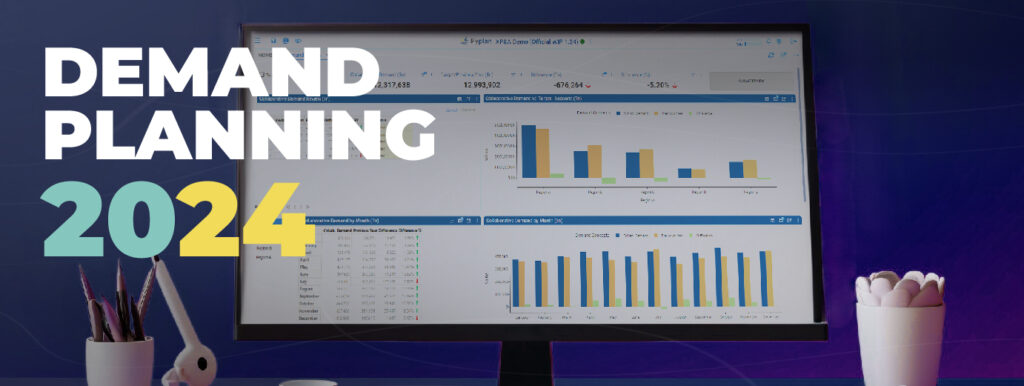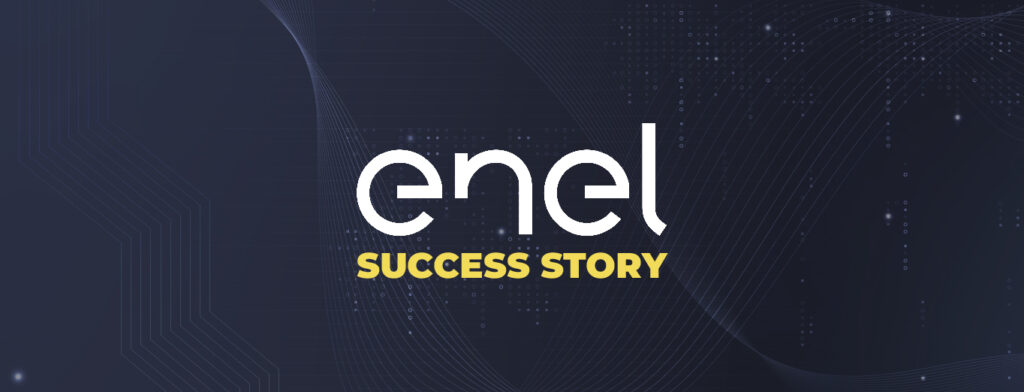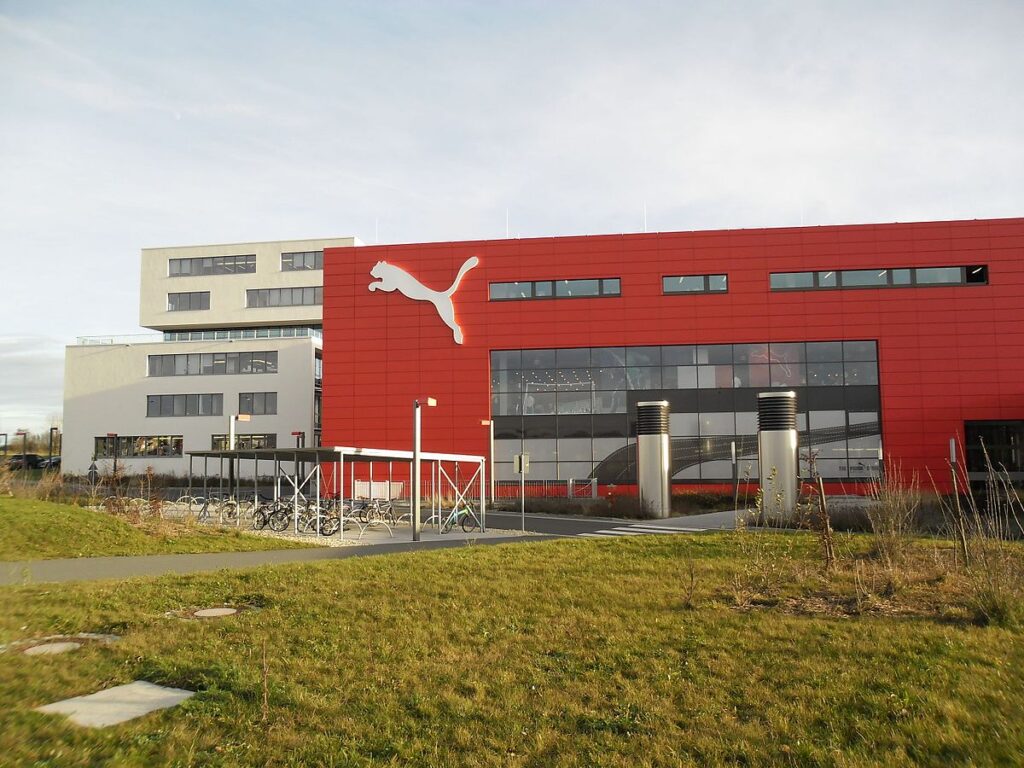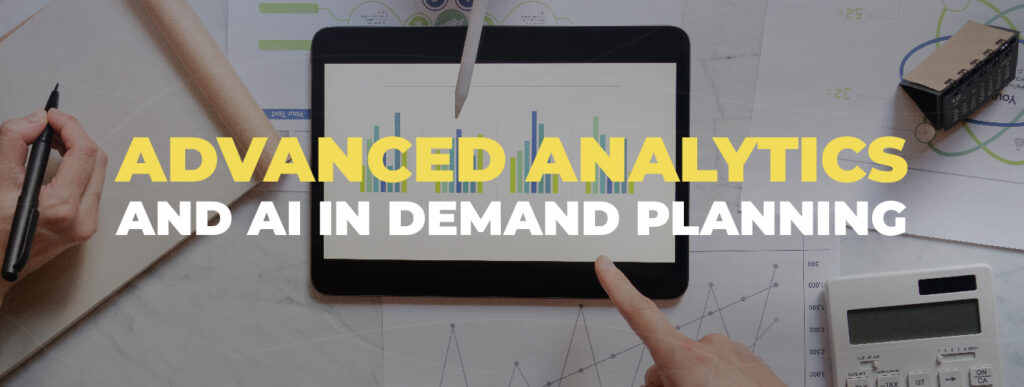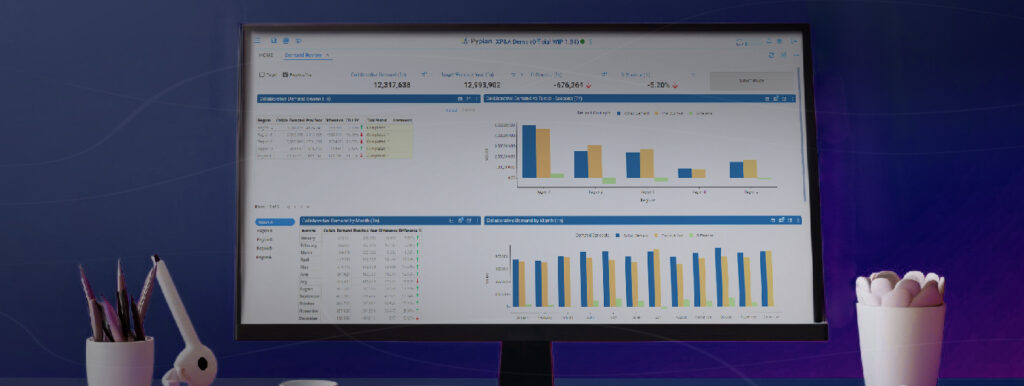Technological Advancements in Demand Planning for 2024
These are some of the Technological Advancement in Demand Planning. Since the realm of demand planning is evolving rapidly, driven by technological advancements and a shifting global landscape. Let’s delve into the exciting trends that will shape demand planning strategies in the coming year.

